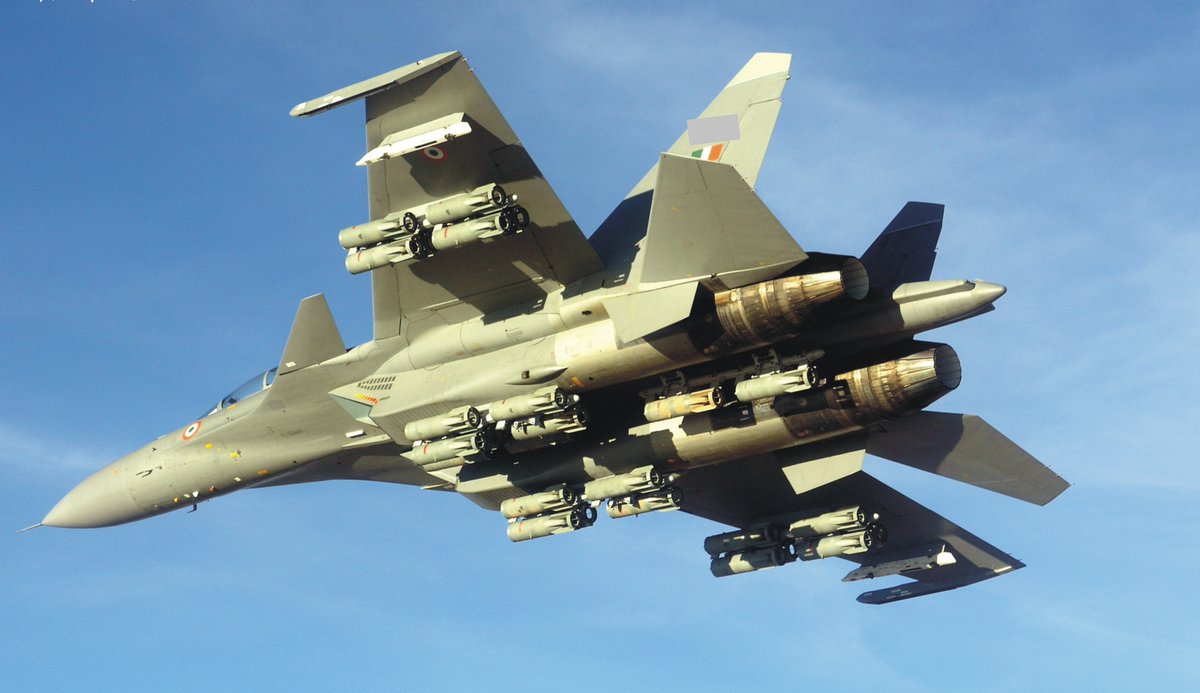
Human Factors in aviation accidents are attributed to unsafe acts that are either Errors or Violations. Errors could be decision/ skill-based/ perceptual. Spatial Disorientation (SD) falls under perceptual error.
SD leading to perceptual errors is actually NOT an error. Its a physiological state that can’t be controlled by the individual. A pilot is either disoriented or not. Not every instance of SD leads to perceptual error. (esp if SD is recognised).
Perceptual Errors, like skill based errors are affected by lack of currency and training. Enhanced displays may improve pilot’s perceptions and reduce accidents, but cannot altogether prevent them. A pilot who claims to have never been disoriented is lying.
Awareness and training can mitigate effects of SD to a certain extent. Use of simulators can help a great deal. Above all, sharing crew experiences of SD and encouraging voluntary reporting is known to cultivate a better org culture in tackling such hazards.
Unsafe Acts don’t happen in isolation. There are preconditions like 1. substandard conditions and 2. substandard practices of operators. These preconditions exist when there is unsafe supervision.
Above all this are Organisational Influences like Resource Management, Org Climate and Org Process. Hope the Inquiry looks at all these aspects rather than just pass it off as a simple case of pilot error.
Another VIP crash under similar circumstances in 2009 claimed the life of AP CM. Such accidents will continue if inquiries don’t address core issues and are content with apportioning blame on those who can’t defend themselves. #RIP
Why would pilots willfully fly into dangerous weather conditions? Research indicates that social and systemic pressure are often contributory factors. Accidents involving VFR to IFR swap usually had pax onboard. Overconfidence & limited appreciation of risks also contribute.
Safety Management System has played a pivotal role in reducing accident rates. This means that operators need to assess risk factors and analyse if adequate precautions have been taken to mitigate risks. In the IAF, this system is termed Operational Risk Management (ORM).
A VIP flight, planned over mountainous terrain, in marginal weather conditions, with practically no navaids at destination would've surely had a high ORM score. A high ORM score entails the mission to be cleared by higher authorities.
Pilot Error is a very loosely used terminology, which has been replaced with Human Error (Aircrew). Unless, it is skill-based error like mishandling of controls, its unfair to call it pilot error. The CO of a unit surely cant be lacking in skill.
• • •
Missing some Tweet in this thread? You can try to
force a refresh






